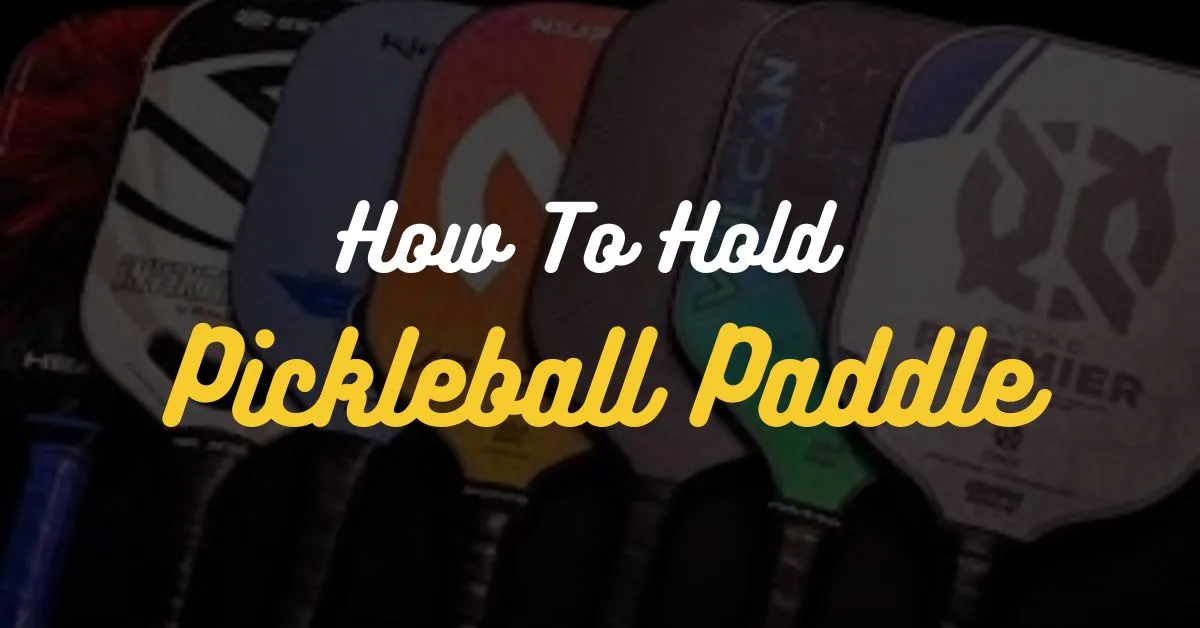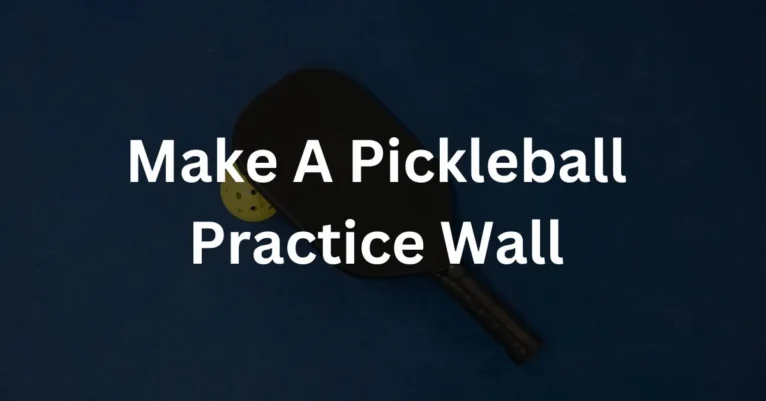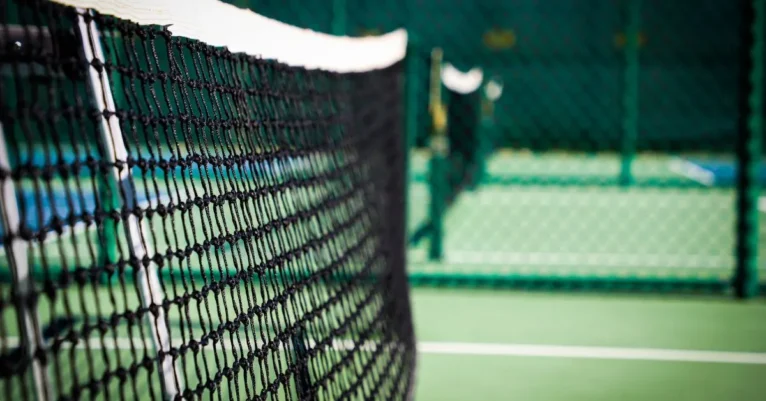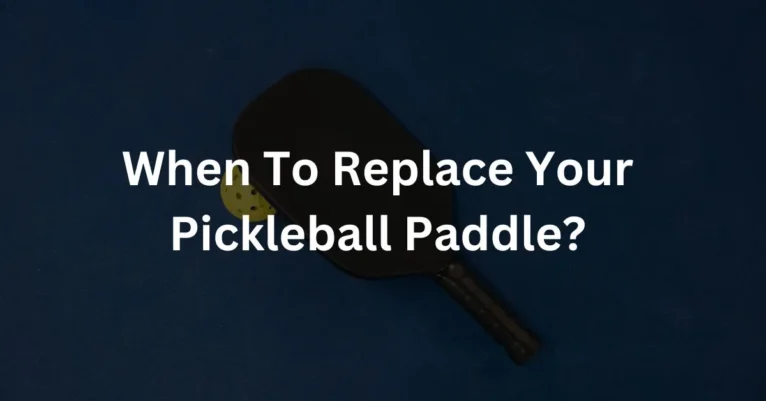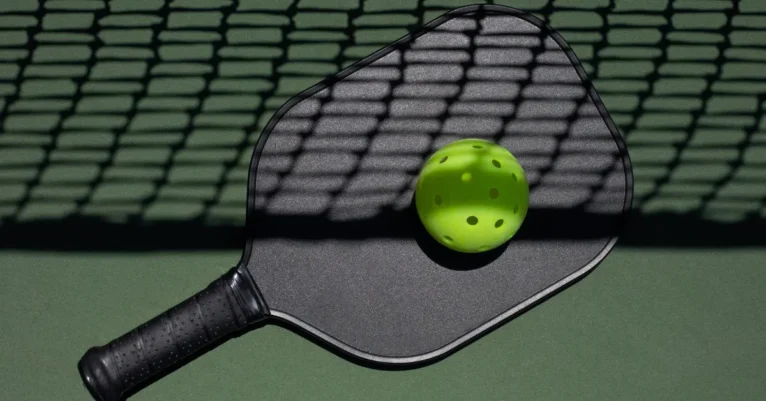How To Hold Pickleball Paddle? | Mastering the Hold!
Pickleball, the delightful combination of tennis, badminton, and ping pong, has been gaining popularity for its easy-to-learn yet challenging nature. One crucial aspect of the game is knowing how to hold pickleball paddle correctly. A solid grip not only enhances your control but also reduces the risk of injuries. In this guide, you’ll come to know how to hold pickleball paddle in a correct way.
Steps To Hold a Pickleball Paddle:
Let’s dive into the art of holding the pickleball paddle with this step-by-step guide.
1. Understand the Anatomy of the Paddle:
Before we jump into the grip, it’s essential to familiarize ourselves with the pickleball paddle’s basic structure. The paddle consists of a handle, face, and edge guard. The handle is where your hand will be positioned, and the face is the surface you use to hit the ball.
2. Choose Your Grip:
There are two main types of grips in pickleball: the Eastern grip and the Western grip. The Eastern grip is akin to shaking hands with the paddle. It’s the most common grip for beginners due to its simplicity. The Western grip, on the other hand, involves placing the base knuckle of your index finger on the third level of the paddle handle. This grip offers more power but can be trickier for newcomers.
3. Get a Comfortable Hold:
Hold the paddle with a firm yet relaxed grip. Think of it like holding an egg—you want to avoid squeezing too tight but don’t want it slipping away. Find a balance that feels comfortable for you. Your fingers should wrap around the handle, and your palm should be in contact with it.
4. Place Your Fingers:
Position your fingers on the paddle in a way that feels natural. Many players prefer spreading their fingers for better control. Some find success with a slightly more compact grip. Experiment with different finger placements to discover what suits you best.
5. Mind the Wrist:
Maintain a neutral wrist position. Avoid extreme angles that can strain your wrist and lead to discomfort or injury. Your wrist should be in a straight line with your forearm. This promotes better paddle control and minimizes the risk of strains. You can also go for best control pickleball paddles.
6. Find the Sweet Spot:
Every paddle has a sweet spot. It is the area where the ball responds best to your hits. Experiment with different grip pressures and paddle angles to locate your paddle’s sweet spot. When you find it, your shots will be more accurate and powerful.
7. Adapt Your Grip:
Different shots call for different grips. For forehand shots, use the Eastern grip, and for backhand shots, slightly adjust your grip to accommodate the change in paddle angle. Practice switching between grips to become more versatile on the court.
8. Stay Relaxed During Play:
Tension is the enemy of a good pickleball game. Keep your grip relaxed during play, especially when waiting for your opponent’s shot. Tense muscles can impede your reaction time and precision.
9. Practice, Practice, Practice:
Becoming proficient in holding the pickleball paddle takes practice. Spend time on the court, experiment with your grip, and pay attention to how it affects your shots. The more you play, the more natural holding the paddle will become.
10. Seek Guidance:
Don’t hesitate to seek advice from experienced players or take lessons. Pickleball communities are often welcoming and willing to share tips with newcomers. Learning from others can provide valuable insights into improving your paddle hold and overall game.
Final Thoughts:
In conclusion, mastering the art of holding a pickleball paddle is a crucial step for anyone looking to enjoy and excel in the game. Take the time to experiment with different grips. Find what feels right for you, and, most importantly, have fun on the court. With practice and a solid understanding of the paddle hold, you’ll be ready to take on opponents and enjoy the fast-paced excitement of pickleball.

